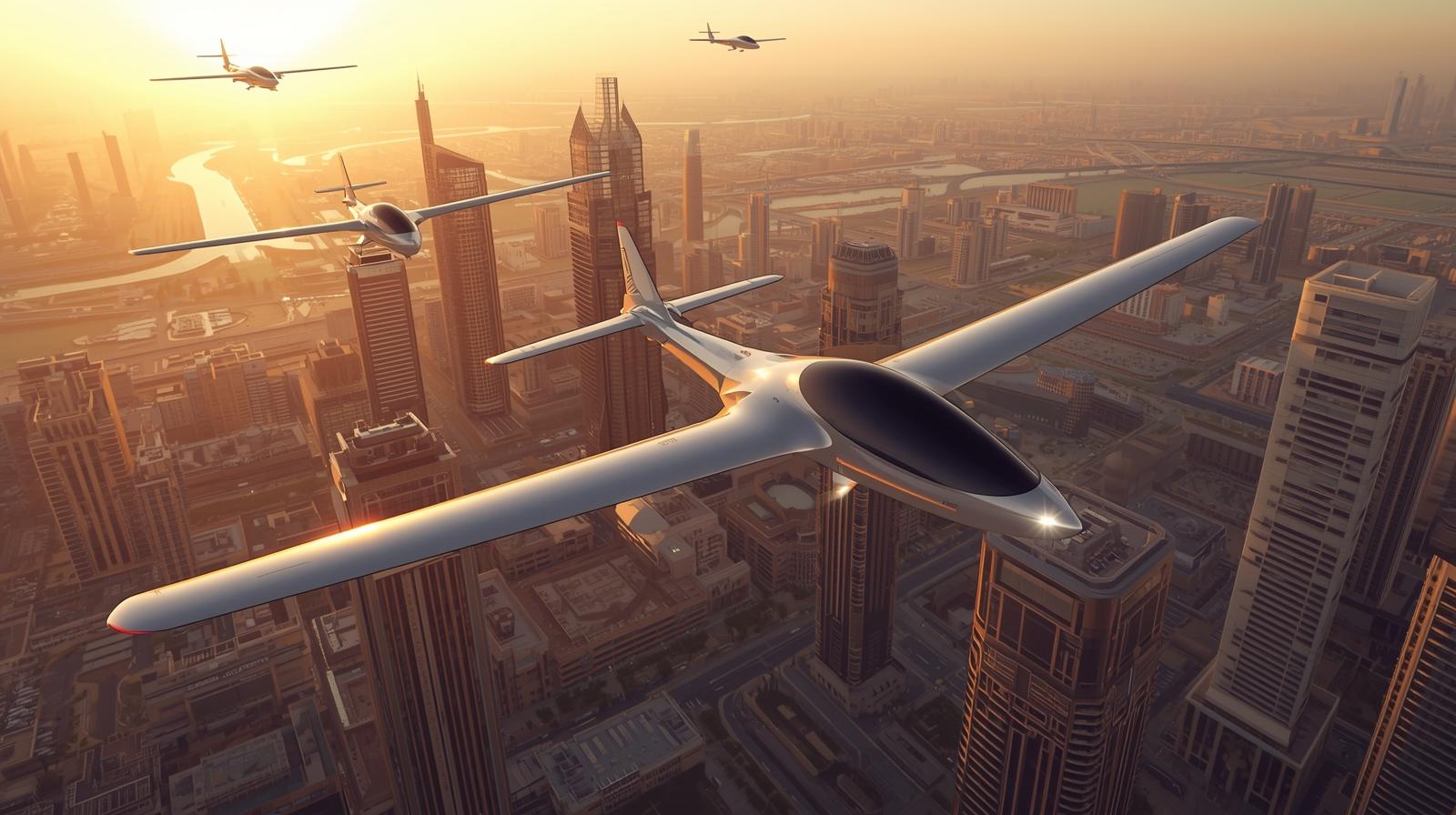The vertical take-off and landing UAV market is entering a decisive growth phase as endurance improvements, hybrid-electric propulsion systems, and autonomous flight control technologies mature in parallel. The market is valued at approximately USD 5.1 billion in 2025 and is forecast to reach nearly USD 15.0 billion by 2034, representing a strong CAGR of around 13.5 percent across the period. The expansion reflects the shift of VTOL UAVs from experimental prototypes and pilot demonstrations into standardized fleets that are being procured for commercial inspection, public-safety operations, and military intelligence missions.

Download PDF Brochure @ https://www.marketsandmarkets.com/pdfdownloadNew.asp?id=192738850
VTOL UAVs combine the runway independence and hover capability of rotary-wing platforms with the efficient forward-flight performance of fixed-wing aircraft. This design enables operators to deploy from confined areas while achieving longer endurance and extended coverage. Improvements in electric propulsion, lightweight composite structures, and AI-enabled flight control have widened the mission set from small autonomous reconnaissance UAVs flying twenty-minute sorties to multi-hour cargo and ISR platforms carrying advanced optical, multispectral, and data-relay payloads. The broadening of operational relevance is supported by regulatory progress worldwide, particularly in the authorization of beyond visual line of sight operations, remote identification requirements, and the development of U-space and UTM frameworks that provide structured airspace integration for unmanned traffic.
Growth momentum is anchored in operational versatility. VTOL UAVs are able to operate in unprepared terrain, dense urban environments, maritime vessels, offshore platforms, and remote border regions without fixed infrastructure. Hybrid-electric and hydrogen-assisted propulsion technologies are improving endurance, while on-board compute modules now support autonomous navigation, obstacle avoidance, and intelligent payload operation even when GNSS performance is limited. Military forces are incorporating VTOL UAVs into tactical battle networks to enhance situational awareness, reconnaissance continuity, and rapid-response sensor coverage. In the commercial sector, asset operators in energy, telecommunications, construction, ports, and large-scale infrastructure are adopting VTOL UAV fleets to reduce manual inspection costs and increase operational safety.
The market scope spans electric VTOL platforms for short-range imaging and industrial monitoring, hybrid-electric aircraft optimized for extended logistics and surveillance missions, and larger turbine-powered platforms capable of carrying heavier payloads for defense and special operations. Operational classes range from lightweight systems below 5 kilograms to heavy transport UAVs above 150 kilograms, reflecting the spread of use-cases from aerial mapping and agricultural analytics to cargo resupply and tactical ISR. The progression from VLOS toward extended and beyond visual line of sight operations defines the forward adoption curve, with BVLOS missions positioned as the fastest-growing deployment model.
Regional development varies according to regulatory readiness and industrial capacity. North America leads in enterprise adoption and certification progress, supported by defense procurement and commercial UAV integration programs. Europe maintains a strong research and public-safety deployment profile under the EASA U-space regulatory architecture. Asia Pacific is the fastest-growing manufacturing and operational region, driven by platform production in China, South Korea, Japan, and India. The Middle East and Africa are adopting VTOL UAVs for border surveillance, desert patrol, and critical energy infrastructure inspection, while Latin America is expanding usage in environmental monitoring, agricultural optimization, and state-operated public security missions.
Technological evolution is advancing through tilt-rotor and tilt-wing architectures, distributed electric propulsion safety redundancy, modular payload mounts, embedded AI computation, and linked fleet-management platforms that unify mission planning, telemetry, and maintenance data. The development pipeline is pushing toward hydrogen-electric and solar-augmented variants that aim for longer endurance, lower acoustic signatures, and lower emissions footprints. Meanwhile, business models are shifting toward drone-as-a-service frameworks, where operators deliver mission outputs on subscription or contract terms, reducing capital burden for end users.
The competitive environment reflects a mix of established aerospace companies, defense primes, and emerging UAV-specialist manufacturers. Industry leaders are engaging in partnerships to align propulsion innovation, autonomous navigation software, sensor integration, and airspace compliance technologies. The regulatory environment is steadily improving, with aviation authorities in major markets refining BVLOS standards, airworthiness certification pathways, and operational corridors for unmanned traffic.
Sustainability is gaining strategic weight, with manufacturers incorporating recyclable composite structures, hybrid-electric powertrains, and low-noise aerodynamic profiles suitable for urban and near-population operations. Fleet operators are utilizing digital-twin flight models and power-management analytics to reduce resource consumption and increase operational efficiency.
Ask for Sample Report @ https://www.marketsandmarkets.com/requestsampleNew.asp?id=192738850
Looking ahead, the VTOL UAV market is poised to sustain strong double-digit growth as the alignment of technical maturity, regulatory support, and mission-driven demand accelerates. The next decade will likely see the transition from selective deployments to broad operational fleets, with autonomy, endurance optimization, and airspace integration emerging as the central competitive differentiators.
